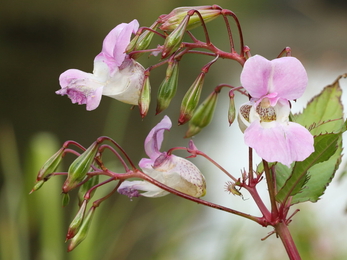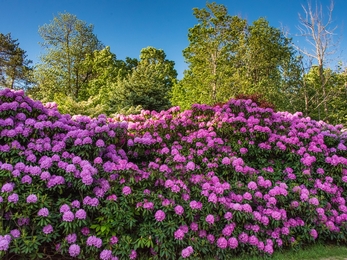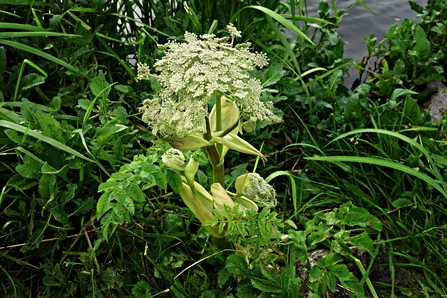Are you a gardener, allotmenteer or horticulturalist? You can help stop new invasive non-native species in their tracks!
The fight against invasive non-native plant species in the UK has been raging for decades. In the past, plant-collectors brought over beautiful species such as Himalayan balsam and Rhododendron ponticum.
These plants found the UK climate to their liking and soon became established in their new surroundings. Little did people realise back then that these plants would escape the boundaries of the manicured new homes of botanical gardens dotted around the country, and would creep out to establish themselves firmly in the wider countryside. You may have seen the Rhododendron coating wild hillsides in Snowdonia or Himalayan balsam turning your local riverbanks pink through the summer.






